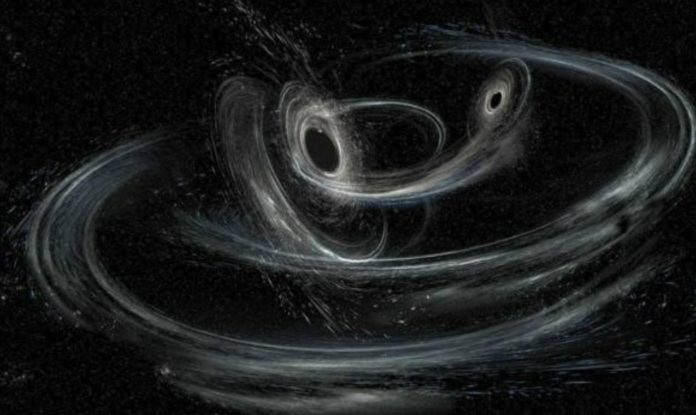The LIGO-Virgo-KAGRA collaboration has detected 35 new signals, including a very strange one that intrigues scientists
Gravitational waves, which were first discovered on September 14, 2015, are disturbances in space-time caused by a huge, accelerating body, such as black holes or neutron stars colliding.
They had already featured in Einstein’s theory of relativity when they were discovered by scientists at the Laser Interferometer Gravitational–Wave Observatory (LIGO), but their presence could not be confirmed until a little over five years ago.
Since then, 55 gravitational waves have been identified, though the LIGO-Virgo-KAGRA collaboration recently announced the greatest catalog to date: 35 new detections, bringing the total number of gravitational waves detected to 90.
The study, posted on the portal ‘ArXiv'(i.e. not yet peer-reviewed), showing observations between November 2019 and March 2020 included three global detectors: the two LIGO detectors in the United States, and the advanced detector Virgo in Italy.
The KAGRA detector, in Japan, joined the LIGO-Virgo network in 2020, but was not operational during these latest detections.
32 of the 35 recorded events were most likely black hole mergers, which occur when two black holes spiral around each other and finally merge into one, resulting in a burst of gravitational waves.
The catalog’s size disparity has grabbed the public’s interest: the most gigantic has a mass 90 times that of our Sun. However, some of the resulting black holes are more than 100 times the mass of our star, known as “black holes of intermediate-mass,” which are extremely elusive objects that, despite their size, are difficult to detect.
The discovery of several in this current inventory suggests that, contrary to popular belief, they are more common in the cosmos than we previously imagined.
On the other hand, two of the 35 detected events may be merging neutron stars and black holes, a considerably rarer occurrence discovered just in the most recent round of LIGO and Virgo studies. It appears that the consequence of these unusual mergers of neutron stars and black holes is a big black hole – around 33 times the mass of our Sun – with an extremely low-mass neutron star – about 1.17 times the mass of our Sun, one of the smallest discovered to far.
Furthermore, one of the gravitational wave events in the catalog resulted from the merger of two objects, one of which was almost certainly a black hole with a mass about 24 times that of our Sun, but the other was a very light black hole or a very heavy neutron star with a mass about 2.8 times that of our Sun. Scientists believe it is most likely a black hole, but they cannot be certain.
LIGO and Virgo discovered a similar ambiguous event in August 2019. The mass of the lightest item is perplexing, as scientists believe that the most massive a neutron star can be before collapsing to produce a black hole is approximately 2.5 times the mass of our Sun. However, no black holes with masses less than around five solar masses had been identified by electromagnetic measurements. This prompted scientists to hypothesize that stars do not collapse to produce black holes in this range, but new gravitational wave measurements suggest that these hypotheses need to be changed.
Image Credit: LIGO / Caltech / MIT / Sonoma State (Aurore Simonne)
You were reading: New gravitational waves capture the footprint of black holes of all shapes and sizes
